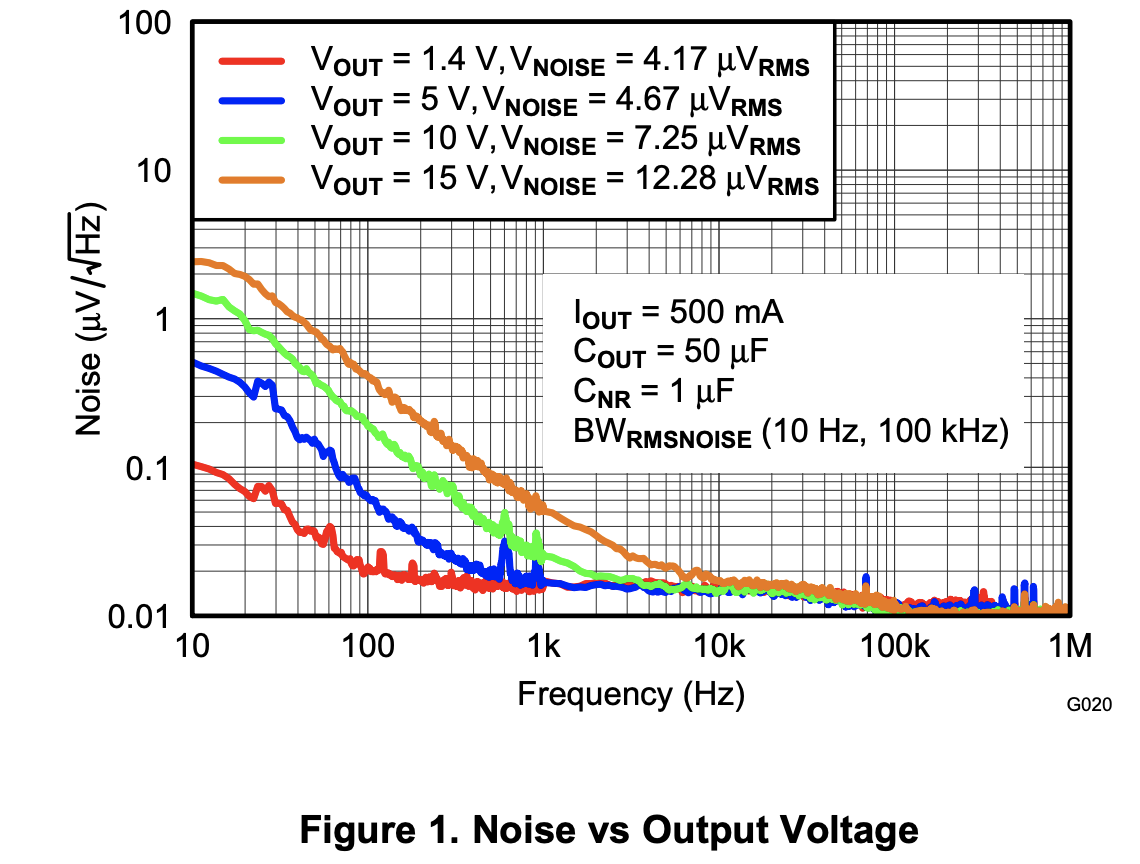Contents

Source: Soundproof Cow
Understanding Frequency Noise in Optical Devices
Frequency noise plays a critical role in the performance and reliability of optical devices. It refers to the random fluctuations in the instantaneous frequency of an oscillating signal, a phenomenon that can significantly affect optical measurements and data transmission. This blog post aims to elucidate the concept of frequency noise, its implications, and its measurement.
Defining Frequency Noise
In the realm of optical fields, frequency noise is characterized by the noise of the optical frequency. Essentially, it is the time derivative of the optical phase. The instantaneous frequency, u(t), is defined as the temporal derivative of the oscillation phase, expressed mathematically as:
u(t) = (1/2π) * (dφ/dt)
Any deviation from a purely linear phase evolution is considered frequency noise. This noise is crucial in understanding how optical systems behave under various conditions.
The Relationship Between Frequency Noise and Phase Noise
Frequency noise and phase noise are two sides of the same coin. The power spectral density of frequency noise, with units of Hz2/Hz, is directly related to that of phase noise. Mathematically, this relationship is expressed as:
S_u(f) = f² * S_φ(f)
Here, f represents the noise frequency. In scenarios involving white frequency noise, the phase noise has a power spectral density that is proportional to f2. This occurs in single-frequency lasers subject to quantum noise, leading to what is known as the Schawlow–Townes linewidth.
Practical Implications
Understanding frequency noise is vital for optimizing the stability and performance of laser setups. For instance, the linewidth of a laser, which is a measure of its spectral purity, is directly influenced by frequency noise. By minimizing frequency noise, one can achieve narrower linewidths, enhancing the precision and accuracy of optical measurements.
Measuring Frequency Noise
Accurate measurement of frequency noise is crucial for the development and optimization of optical devices. Various high-end instruments are available for this purpose, capable of measuring, analyzing, and controlling frequency, linewidth, and intensity noise. These instruments offer real-time analysis and are essential for applications requiring high stability and precision.
Technical Advantages of Frequency Noise Analysis
While both phase noise and frequency noise describe the same phenomenon, analyzing frequency noise can offer technical advantages in certain situations. It allows for more straightforward numerical processing, which can be beneficial in complex optical systems.
Conclusion
Frequency noise is a fundamental aspect of optical device performance, affecting everything from laser stability to data transmission accuracy. By understanding and measuring frequency noise, engineers and scientists can enhance the reliability and efficiency of optical systems. As technology advances, the tools and methods for analyzing frequency noise will continue to evolve, offering even greater insights into the behavior of optical devices.

Source: TI E2E – Texas Instruments
Feel free to comment your thoughts.



